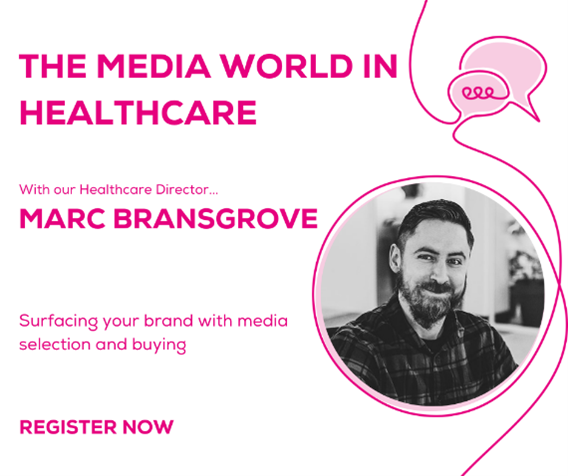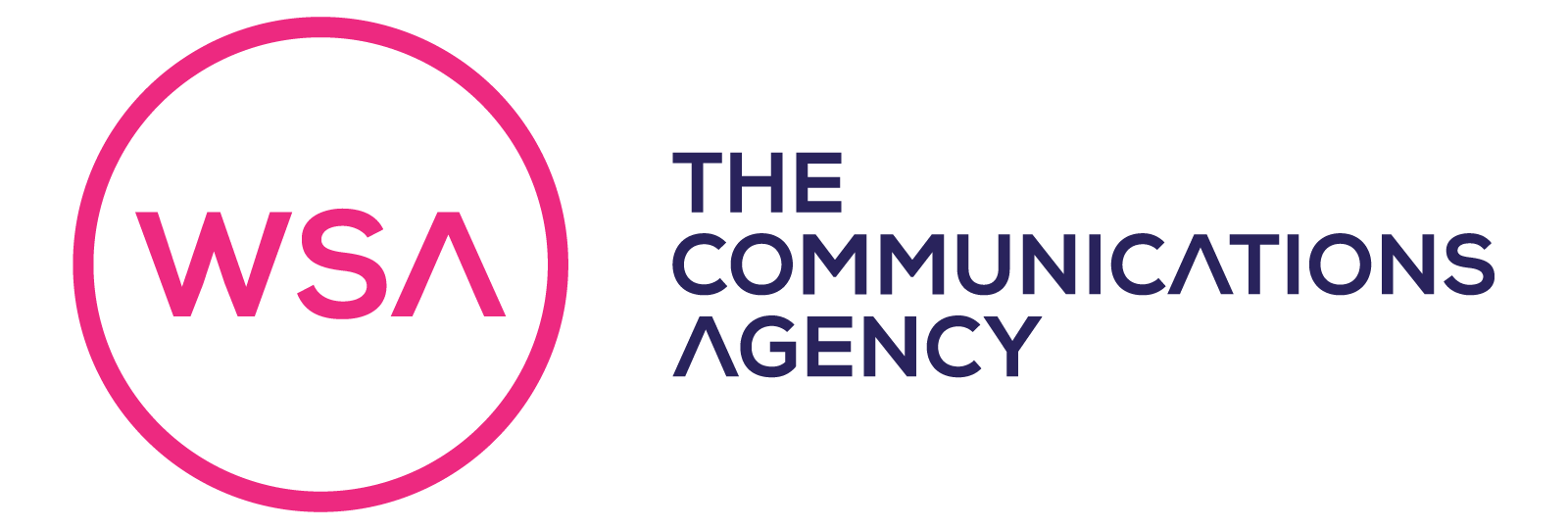There are 3.4bn active social media users and 43% of people use social media for work purposes. Did you know that organic social is just as important as paid social? To have a full social media strategy, you should have both in place to balance each other out. What is the difference between the two? Let’s start by defining them both…
What is Organic Social?
Organic social is content that you post on platforms with no fee behind them. It’s to help engage with your existing followers so that they will like, comment, and share for their follows to notice the post and so on. It’s used to validate your brand to help encourage your social status, educate people and persuade companies to use your products and services. In the UK, the average daily time spent on social media is 1 hour 42 minutes. When thinking about devising an organic social media content strategy, the best social posts are revolved around telling stories that educate and use the opportunity to show people who you are and what you do. This means illustrating your company culture, values, and goals. According to Animato, 58% of consumers visit a brand’s social pages before visiting their website and it’s the organic content that they’ll see first, so it is important to make sure your content has an impact.
What metrics are used to measure Organic Social?
If you are using a social media platform like Hootsuite or Sprout, the analytics of your posts are measured and tracked. You can find this in the reporting section of the platform. The metrics that can be tracked are engagement, clicks, new followers, comments, likes, shares, and mentions. The benefit of using a social media platform is that you can compare periods and see when your engagement has increased or decreased which can allow you to amend your strategy for the most effective results. Each social media platform also has insights, where you can see which posts have received the most engagement. If you wanted a more in-depth analysis of things like devices used or demographics, you can use Google Analytics by linking UTM’s to your posts to track the traffic acquisition of your organic social media campaigns.
Examples of Organic Social posts:
There are a variety of types of social posts that you can post organically so that you can reach your objective.
- Company values: shows the culture of the business, increase employment and perception of the brand.

2. Promoting a service or event: to generate leads, orders, attendees at an event to increase sales.

3. News/Story: To keep your name trending in the market which will eventually gain new followers.

What is Paid Social?
Paid social posts or advertisements are created to reach a larger audience to help increase brand awareness, create engagement, and drive traffic to your website. There are various types of ads and each ad will be most effective for various platforms. For Facebook, in particular, video ads typically trump image ads and can almost double engagement rates. Ads will show up on feeds of whoever you target, and you can base the audience on demographics, location, interests, etc. When promoting paid social, you need to target the right audience, have a clear call to action and keep it short, engaging, and straight to the point. Did you know a person is more likely to click an ad once they have seen it at least 3 or 4 times so it’s always good to retarget so that audiences can move along the funnel from, connect, consider to convert.
What metrics are used to measure Paid Social Media?
Paid search gives you cost-effective metrics that will provide a solid measure of success such as:
- Impressions: Impressions are how many times an ad has been seen on screen.
- Conversion Rate (CVR): An indicator of campaign success. You can measure CVR by dividing the number of conversations the campaign received by the total clicks.
- Cost Per Click (CPC): measures exactly how much an ad costs so that you can keep in line with your budget. To measure CPC you divide the total cost of conversion by the number of conversions.
- The Click-Through Rate (CTR): is measured by dividing the total number of clicks your campaign received in the month by its total impressions. This allows you to know how well your campaign/ad is performing.
Examples of Paid Social posts:
To make sure you are reaching the right audiences, you need to know what platforms to use and what types of ads work best. Facebook allows you to use video and carousels and Instagram has story features and single ad images. See some examples below:
- Facebook Ads

2. Instagram Ads

3. Snapchat Ads

The Strategy
The foundation of using both means that you have organic social to serve your existing customers, whilst attracting new customers with paid social. They complement one another and utilising an effective paid and organic social strategy can help businesses reach their goals quicker. To find out more, visit our Digital Marketing page on our website.
